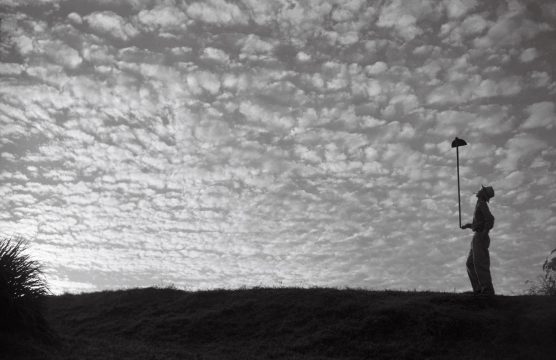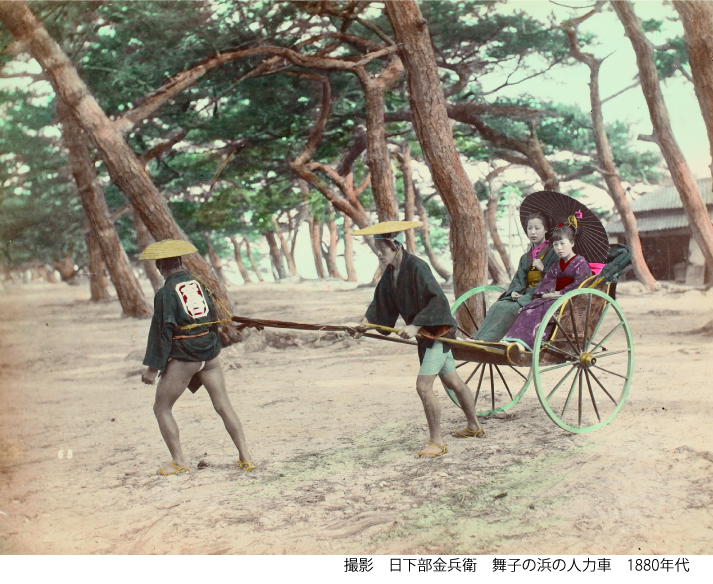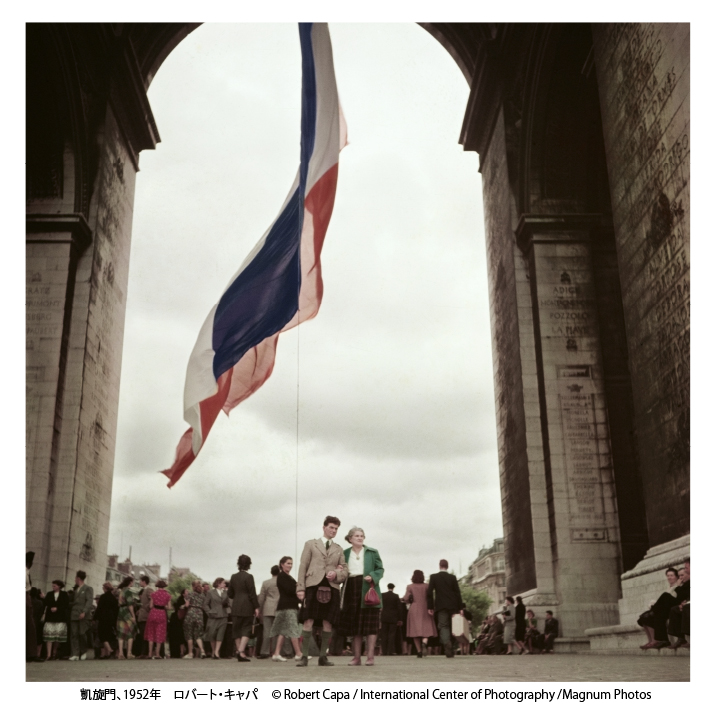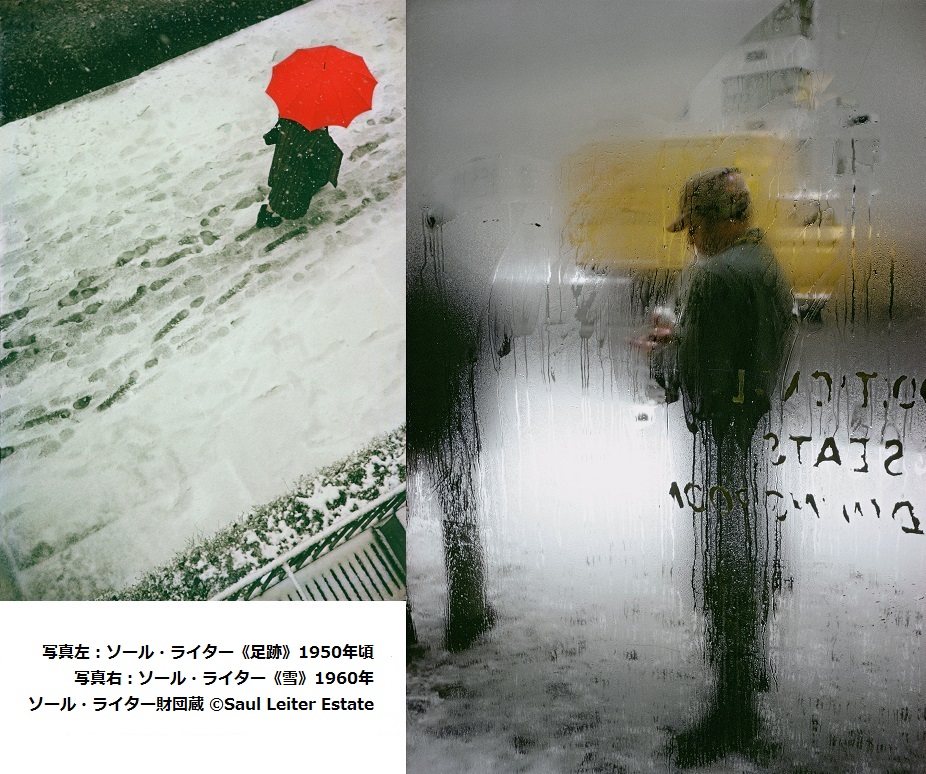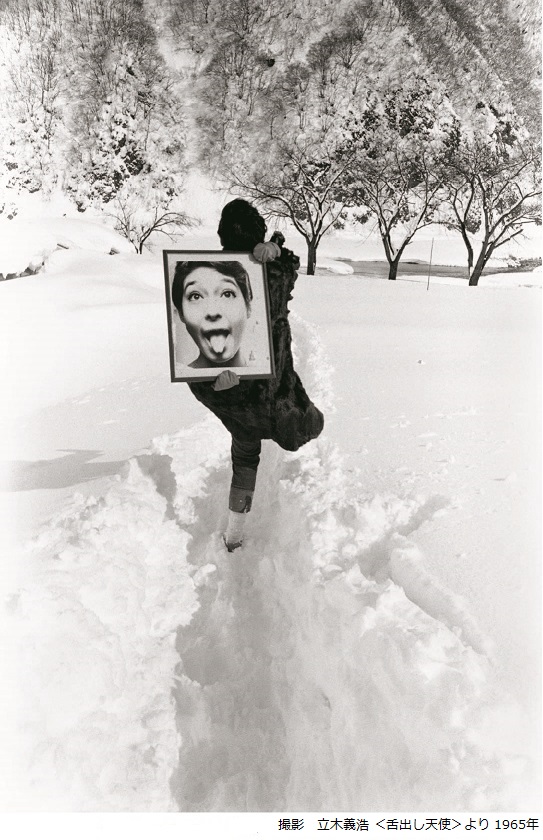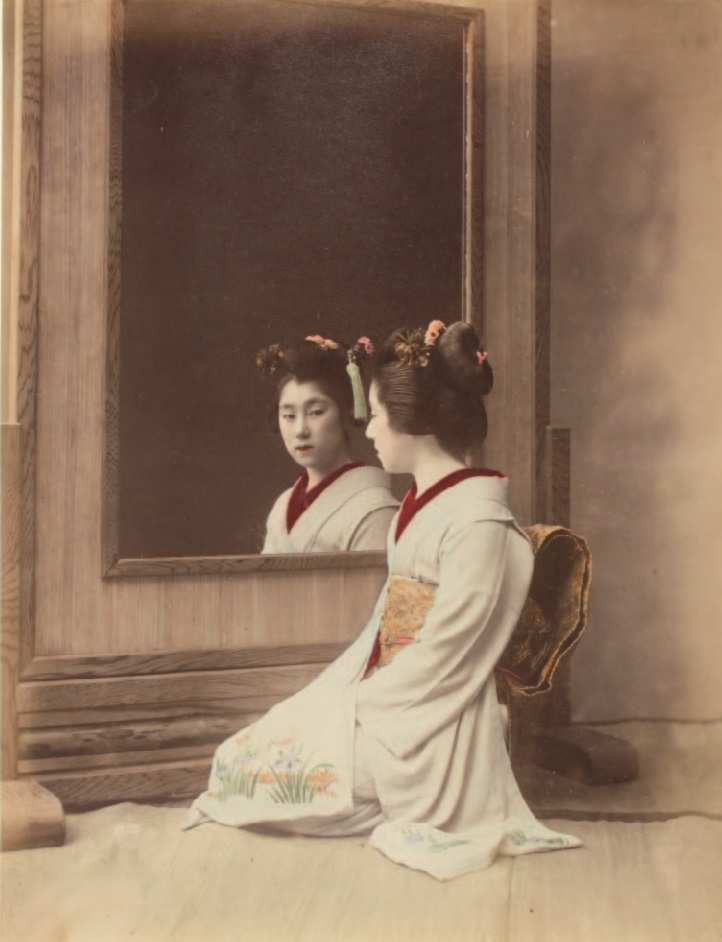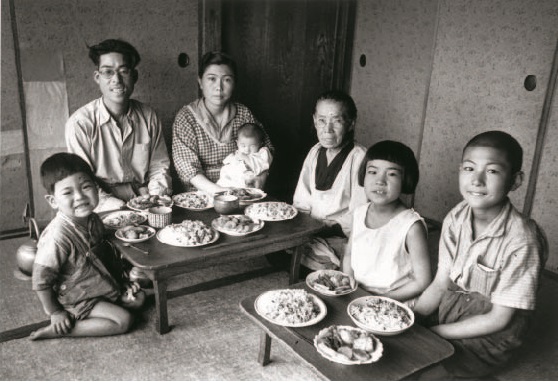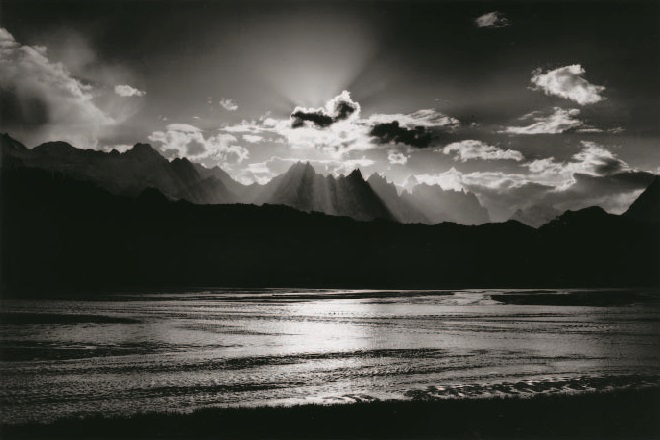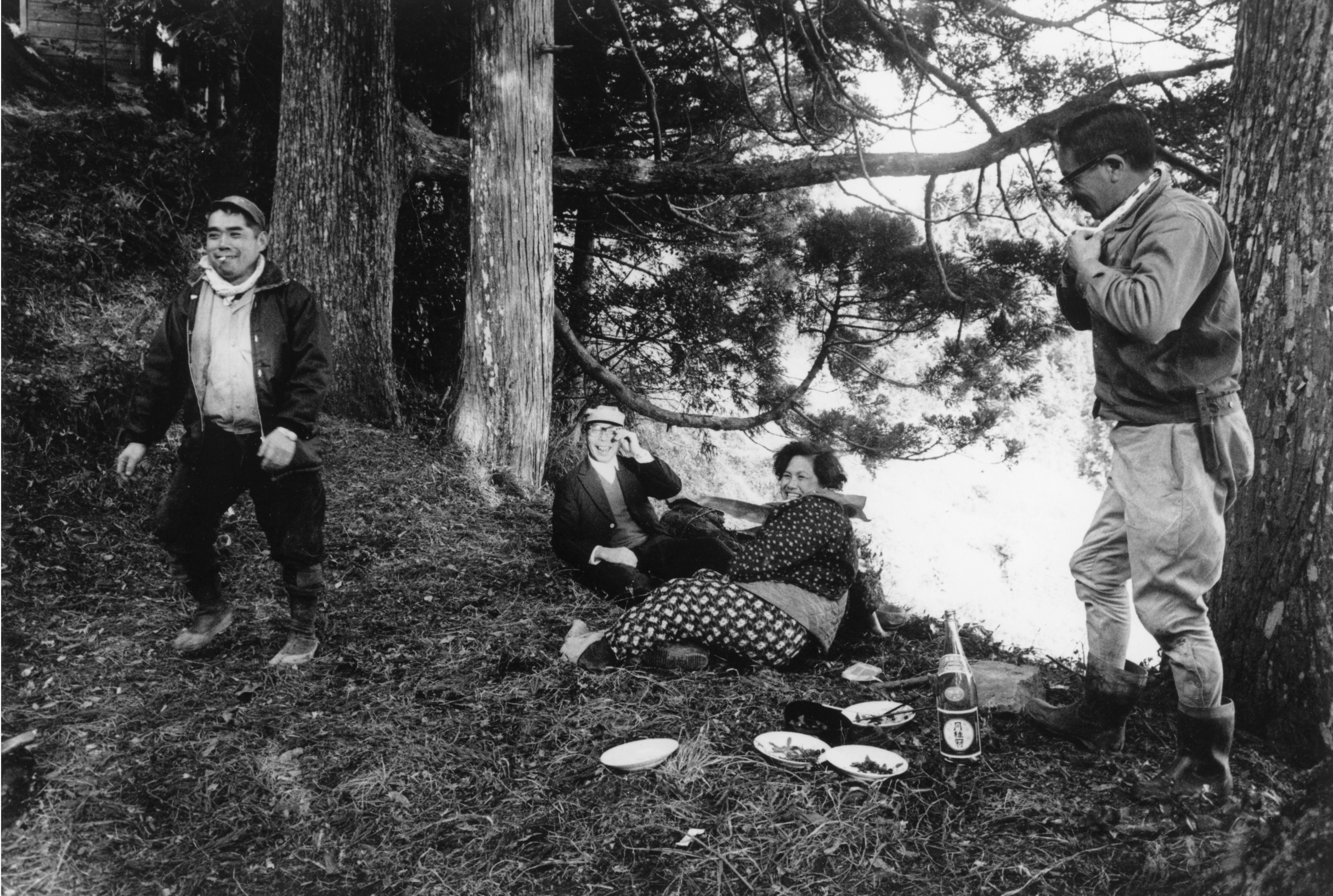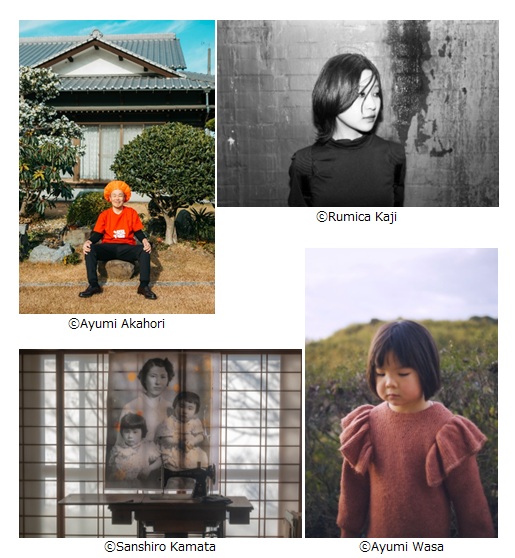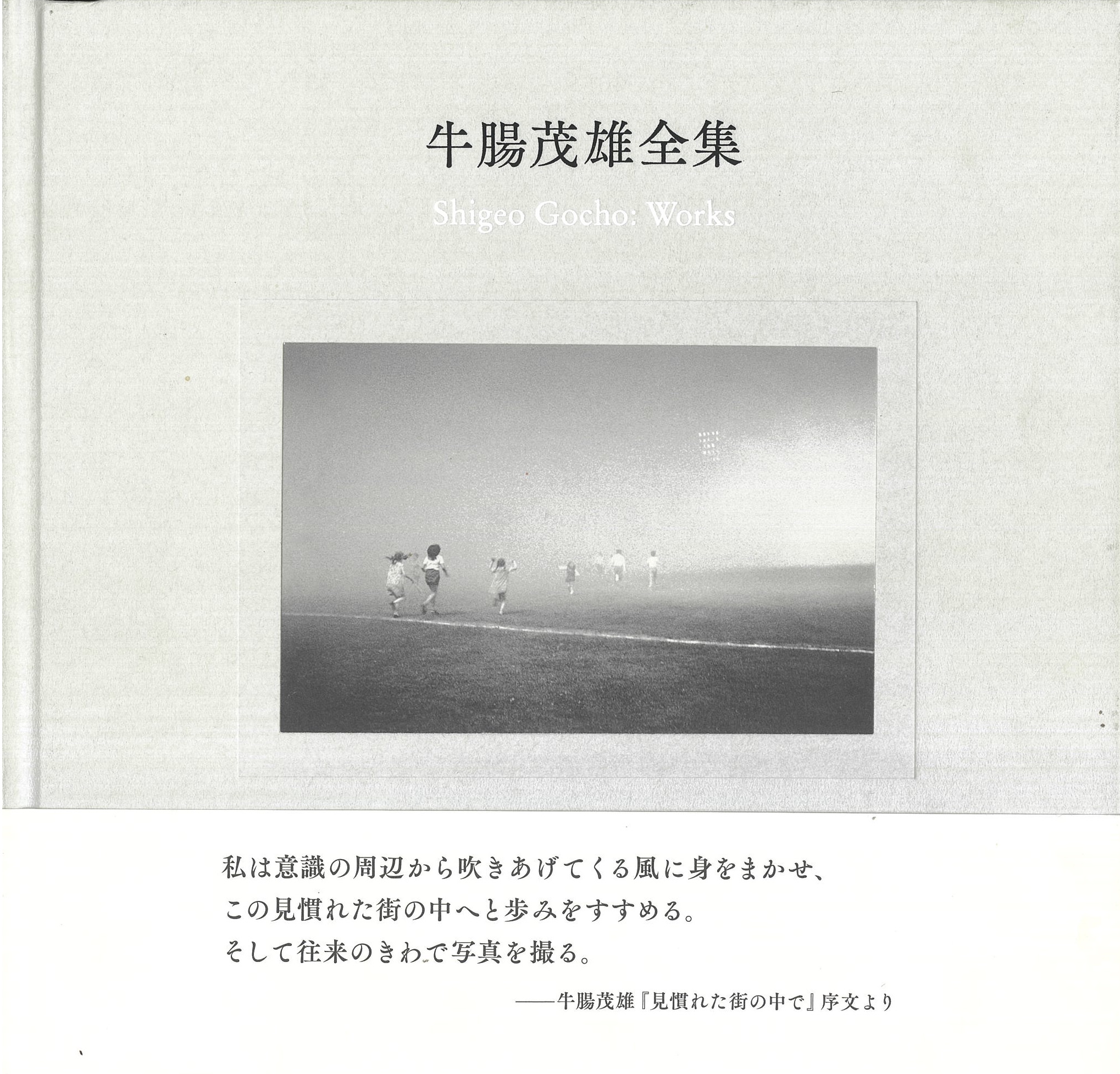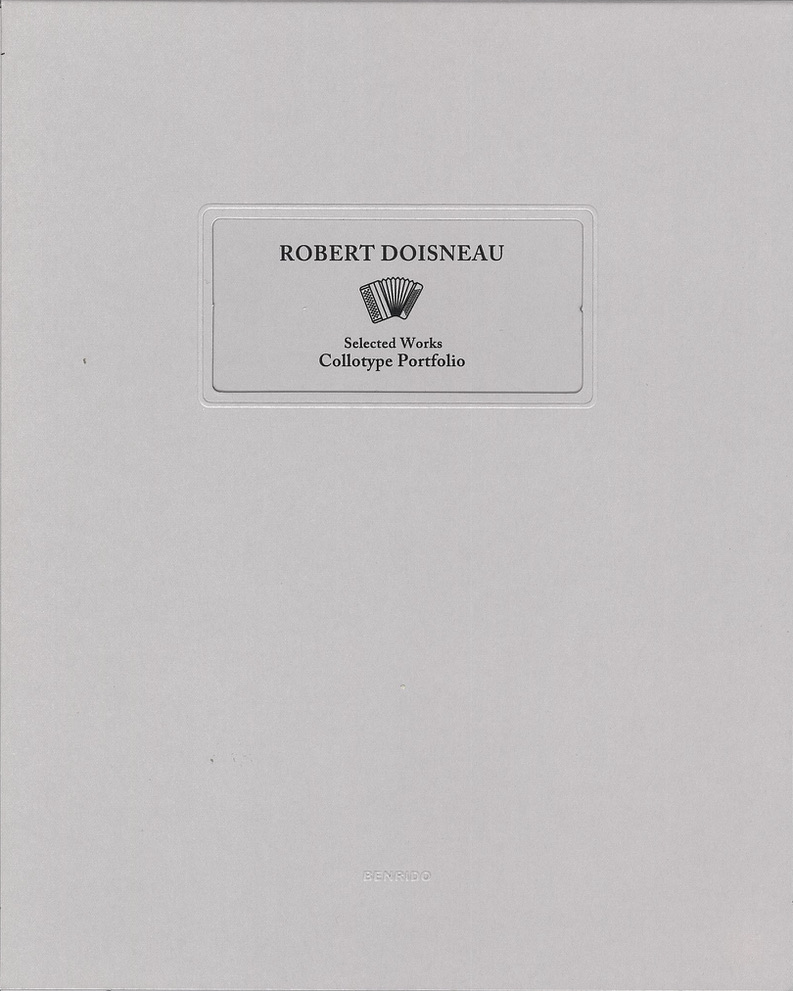1947年、ロバート・キャパ、アンリ・カルティエ=ブレッソン、ジョージ・ロジャー、デビッド・シーモアによって「写真家自身によってその権利と自由を守り、主張すること」を目的として写真家集団・マグナムは結成されました。以後、マグナムは20世紀
写真史に大きな足跡を残す多くの写真家を輩出し、世界最高の写真家集団として今も
常に地球規模で新しい写真表現を発信し続けています。
本展は、2014年12月から翌年4月までパリ市庁舎で開催され、大きな反響を呼んだ
展覧会の海外巡回展として企画。マグナム・フォト設立70周年にあたり、60万点に及ぶ所属写真家の作品の中から、パリをテーマにした作品約130点あまりを選び展観するものです。
芸術の都・パリは多くの歴史的事件の舞台でもあり、かつ、写真術発明以来、常に
「写真の首都」でもありました。20世紀の激動を最前線で見つめ続け、現代においても現在進行形の歴史をとらえ続けるマグナムの写真家たちが提示する豊穣なイメージは、都市とそこに生きる人々の歴史にとどまらず、写真表現の豊かさをも我々に提示して
くれると同時に、世界を発見する驚きに満ちた写真家たちの視線を追体験させてくれます。
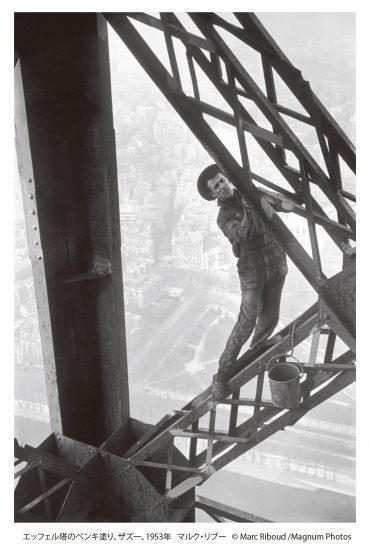
<出品作家30名>●ロバート・キャパ●アンリ・カルティエ=ブレッソン●デビッド・シーモア●フィリップ・ハルスマン●ハーバト・リスト●エリオット・アーウィット●バート・グリン●エリック・レッシング●インゲ・モラス●マルク・リプー●ウェイン・ミラー●ルネ・ブリ●ブルース・デビッドソン●ニコラ・ティコミロフ●セルジオ・ラレイン●ブルーノ・バルベイ●レオナード・フリード●ジョセフ・クーデルカ●リチャード・カルバー●ギィ・ル=ケレック●レイモン・ドゥパルドン●マルティーヌ・フランク●アバス●ジャン・ゴーミー●ハリー・グリエール●パトリック・ザックマン●マーティン・パー●ゲオルギィ・ピンカソフ●アレックス・マヨーリ●クリストファー・アンダーソン
出品作家は変更する場合があります。
主な展示内容
第一部 マグナム・ビフォア・マグナム 1932—1944
マグナムの創設メンバーであるロバート・キャパやアンリ・カルティエ=ブレッソン、
デビッド・シーモアはマグナム設立以前から、時代の証言者として、歴史に名を残すことになる写真をすでにとらえていました。
第二部 復興の時代 1945—1959
パリ解放の勝利に沸き立つ興奮がおさまり、冷静になった人々が目の当たりにしたのは戦争で荒廃した街の姿でした。経済的にも厳しい状況が続く中、新しい体制が築かれて行く姿を紹介します。
第三部 スウィンギング・シックスティーズ 1960—1969
ミニスカート、ロック・ミュージック、ポップアート、ヌーベルヴァーグ・・・、60年代に入ると新しい世代が台頭、世界を席巻します。中世以来、「パリの胃袋」とされていたパリ中央卸売市場「レ・アール」の郊外移転計画は変わりゆくパリを象徴しています。社会に
対する若者たちの怒りは、カルチェ・ラタンに端を発する学生運動という形で爆発し、
ヴェトナム戦争反対運動と相俟って世界に波及しました。
第四部 多様化の時代へ 1970—1989
社会秩序の回復を求める声が高まる一方、慣習からの脱却を求める動きも活性化します。
戦後の国際社会で重要な哲学的支柱を担ったジャン=ポール・サルトルはパリのアパートの
一室で左派日刊紙「リベラシオン」を創刊し、男女平等を求める女性たちは街でデモ行進を繰り広げ、映画や演劇の世界でも新たな才能がパリで活躍し始めます。社会が多様化する中、写真家たちの表現方法も多様化していきます。
第五部 解体の時代 1990—2014
現代においてもパリは多くの人を惹きつけてやまない大都市であり続けています。一方で、現代を呼吸する写真家たちが提示するこの街のイメージからは、かつての「花の都」の面影を見つけることは難しくなってきます。写真というメディアが、技術の発展とともに、より写真家自身を表現するものになってきたこととも無縁ではないでしょう。また、
インターネットの普及は「写真」そのものの在り方自体に大きな変革を迫ってきています。
展覧会詳細
会場:京都文化博物館 4階展示室
〒604-8183 京都市中京区三条高倉
TEL:075-222-0888 FAX075-222-0889
URL:http://www.bunpaku.or.jp/
会期:2017年7月1日(土)~ 9月18日(月・祝)
※休館日:月曜日(祝日の場合は開館、翌日休館)、7月24日(月)は臨時開館
開室時間:10:00~18:00/金曜日は19:30まで(入場は閉室の30分前まで)
入場料金:一般1,000円(800円)高大生600円(400円)小中生300円(300円)
※( )内は前売および20名以上の団体料金
主催:京都府、京都文化博物館、京都新聞
後援:アンスティチュ・フランセ関西、(公社)京都府観光連盟、
(公社)京都市観光協会、NHK京都放送局、KBS京都、エフエム京都
企画制作:株式会社コンタクト
関連イベント
※お問合せ・お申込は京都文化博物館まで。参加者1名ごとにお申し込みください。
京都文化博物館ホームページ http://www.bunpaku.or.jp/
イベント申込フォーム https://www.bunpaku.or.jp/exhi_special/form/
①講演会「マグナム70年の歩み」
日時:2017年7月1日(土)10:30~12:00
講師:小川潤子氏(マグナム・フォト東京支社)
会場:3階フィルムシアター
定員:160名(先着順)参 加 費:無料
※本展覧会入場券(半券可)が必要です。
②トークイベント
日時:2017年8月11日(金・祝) 10:30~12:00
講師:平間 至氏(写真家)
会場:3階フィルムシアター
定員:160名(先着順)
参加費:無料
※本展覧会入場券(半券可)が必要です。
③コンサート「フランス6人組、エリック・サティ
-ロマン派音楽から印象主義音楽、そして新古典主義へ」
日時:2017年8月12日(土) 開場13:30~ 開演14:00~
会場:別館ホール
定員:200名(先着順)
参加費:無料 ※ただし、本展覧会入場券(半券可)が必要です。
出演:京都市立芸術大学音楽部学生
(fl)小林 千晶 (Ob)葛城 裕也 (Cl)岡本 昇大
(Hr)斉藤 日菜子 (Fg)高島 翔大 (Pf)濱田千幸
協力:京都市立芸術大学キャリアデザインセンター
④ワークショップ「フィルム写真入門 やってみよう現像とプリント!」
日時:2017年8月19日(土) 10:00~16:30
会場:別館2階講義室
定員:12~15名
参加費:1,000円
※本展覧会入場券(半券可)が必要です。
対象者:小学校5年生~
企画協力:花中舎伊藤組
⑤ギャラリートーク
当館学芸員によるギャラリートークを行います。
日時:2017年7月14日(金)18:00~ ※30分程度
会場:パリ・マグナム展会場内
※事前申し込み不要。
※参加無料
※当日の入場者に限ります。
イベント内容が変更または中止となる場合がございます。予めご了承ください。
PARIS MAGNUM – The capital of France Through the Eyes of the World’s Greatest Photographers
The photographic cooperative Magnum Photo was founded 1947 by Robert Capa, Henri Cartier-Bresson, Georger Roger and David Seymour in order to ‘claim and protect the rights and the freedom of photographers by photographers’. Since then it has produced many photographers who made and keep making a lasting impression on the world and created what is now known as the history of 20th century photography.
This exhibition was originally held from December 2014 to April 2015 at Paris’ city hall to commemorate the 70th anniversary of Magnum Photo. It showed 130 photographs dealing with the city of Paris, which were selected from the over 600.000 photographs done by Magnum Photographers throughout its history. It is the first time that this exhibition comes to Asia.
Paris was and continues to be one of the world’s most influential cultural capitals and also keeps being the stage of many important historical events. It is also the city where photographic technology was invented and photography flourished ever since. These photographs, done by photographers who continuously portrayed the tumultuous 20th century, capture the everyday life and the beauty of and within this city; always, however, also showing to us the variety of photographic expression and the uniqueness of each photographers way of looking at the world.
Exhibited Artists
●Robert Capa●Henri Cartier-Bresson●David Seymour●Philip Halsman●Herbert List●Elliot Erwitt●Burt Glinn●Erich Lessing●Inge Morath●Marc Riboud●Wayne Miller●René Burri●Bruce Davidson●Nicolas Tikhomiroff●Sergio Larrain●Bruno Barbey●Leonard Freed●Josef Koudelka●Richard Kalvar●Guy Le Querrec●Raymond Depardon●Martine Franck●Abbas●Jean Gaumy●Harry Gruyaert●Patrick Zachmann●Martin Parr●Gueorgui Pinkhassov●Alex Majoli●Christopher Anderson
Exhibited works may be subject to change
Exhibition Details
Part 1 : Magnum before Magnum 1932-1944
Part 1 of the exhibition will show works by photographers such as Robert Capa, Henri Cartier-Bression or David Seymour, who already before the foundation of Magnum Photo, produced photographic masterpieces that bore witness to history.
Part 2 : Reconstruction 1945—1959
After the euphoria and excitement over the liberation of Paris and the end of the war wore off, many people had to face the destruction of the world they had lived in. This part of the exhibition will present photographs documenting the emergence of a new world, the world of post war Paris.
Part 3 : The Swinging Sixties 1960—1969
Mini skirt, rock music, pop art, nouvelle vague… In the 1960’s, a new generation emerged that took the world by storm. The relocation of Les Halles, Paris’ wholesale market – after having been at the center of Paris for 800 years – to the suburbs was a plan that symbolizes the changes Paris went through back then. The anger and frustration over the conservatism of the immediate post-war society exploded in the form of the student movements starting from the Quartier Latin and, together with the movement opposing the Vietnam War, spread to the world.
Part 4 : Diversification 1970-1989
While the voices demanding a return to a more conservative social order grew louder, also movements to overcome traditional social structures became stronger. Jean-Paul Sartre, one of the central philosophical pillars of post-war international society, began publishing the leftist daily newspaper “Liberation” in his Paris apartment , women where demonstrating for gender equality and film and theater saw the rise of a new generation of talents. Society became more diversified and so did photography. Part 4 will show works from this period.
Part 5 : Dismantling 1990—2014
Contemporary Paris continues to be a city that attracts people from all over the world. Yet, it became difficult to find traces of previously dominant representational codes such as “The City of Love” within recent photographs of Paris. That photographs has become a medium that now more than ever is medium for the subjective expression of an artistic self, may not be completely unrelated to that. And the internet, too, has changed what we think photograph is or should be.
Venue: The Museum of Kyoto. 4F Exhibition Room
Higashikatacho 623−1, Nakagyo Ward, Kyoto City, Kyoto Prefecture 604-8183 Japan
URL:http://www.bunpaku.or.jp/
TEL:075-222-0888
Period:July 1, 2017 (Sat.) – September 18, 2017 (Mon.)
10 :00-18:00 (last admission: 17:30)
10:00-19:30 on Fridays (last admission: 18:30)
※closed on Mondays except for July 24 (Mon.) and July 25. (Thu.)
Admission:adult ¥1,000 (¥800), university and high school students ¥600 (¥400),
middle school and primary school students ¥300 (¥300)
※Prices in brackets are for groups of 20 and more
Organization: Kyoto Prefecture, The Kyoto Museum,
Kyoto Shimbun
Collaboration:Institute Français Kansai, The Kyoto
City Tourism Association, NHK Kyoto,
KBS Kyoto, FM Kyoto
Planning and Production: Contact Co. Ltd.
Events during the exhibition
※Please make reservations directly via the HP of The Kyoto Museum
The Kyoto Museum:http://www.bunpaku.or.jp/
Reservation form: https://www.bunpaku.or.jp/exhi_special/form/
①Lecture “70 Years of Magnum”
Date: July 1, 2017, 10:30-12:00
Lecturer: Ogawa Junko (Magnum Photo Tokyo)
Venue: The Kyoto Museum, Film Theatre, 3F
Capacity: 160 seats, first come, first serve
※free of charge
※valid entrance ticket required
②Talk Event
Date: August, 11 2017 10:30-12:00
Lecturer: Hirama Itaru (Photographer)
Venue: The Kyoto Museum, Film Theatre, 3F
Capacity: 160 seats, first come, first serve
※free of charge
※valid entrance ticket required
③Concert “Sextets: Erik Satie –
From Romanticism to Impressionism to New Classicism”
Date: August, 11 2017, open: 13:30- start: 14:00-
Venue: The Kyoto Museum, Annex Hall
Capacity: 200 seats, first come, first serve
Artists: Student Ensemble of the Kyoto City University of Arts
(fl) Kobayashi Chiaki, (Ob) Katsuragi Yuya, (Cl) Okamoto Shota
(Hr) Saito Hinako, (Fg) Takashima Shota, (Pf) Hamada Chisato
※free of charge
※valid entrance ticket required
④Workshop “Introduction to the
Use of Photographic Film: Let’s develop our own Print!”
Date: August, 19 2017, 10:00-16:30
Venue: The Kyoto Museum, Annex 2F, Conference Room
Capacity: 12-15
Fee: ¥1,000
※valid entrance ticket required
Eligibility: age 10 or older
Planning Cooperation: Hananakasha Itogumi
⑤Gallery Talk
Lecture by the curator of the exhibition
Date: July 14, 2017, 18:00- (approx. 30 min)
Venue: the exhibition room
※no reservations required
※free of charge
※valid entrance ticket required
Events may be subject to change.
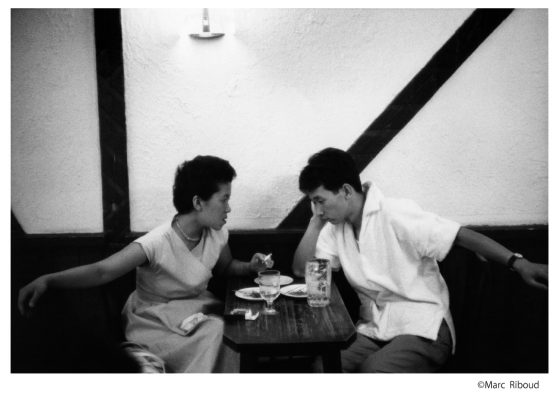


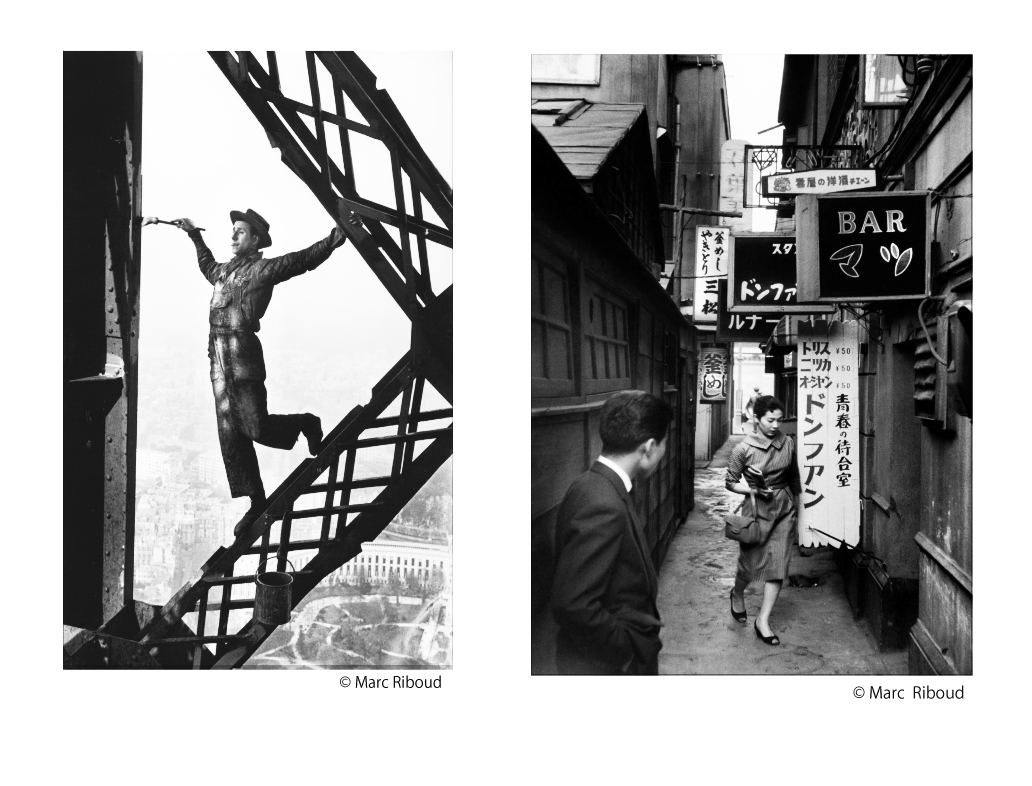
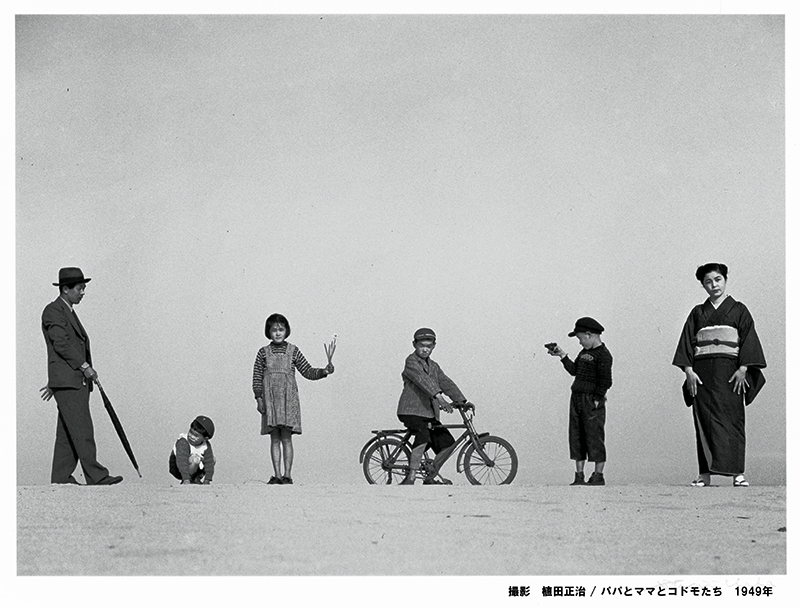
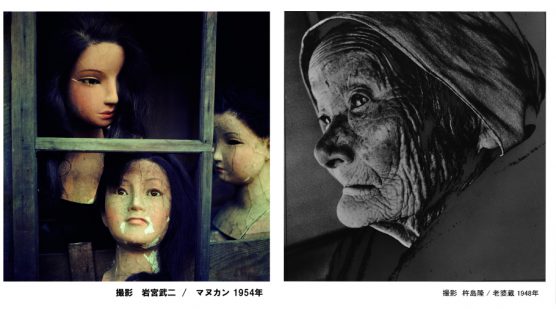
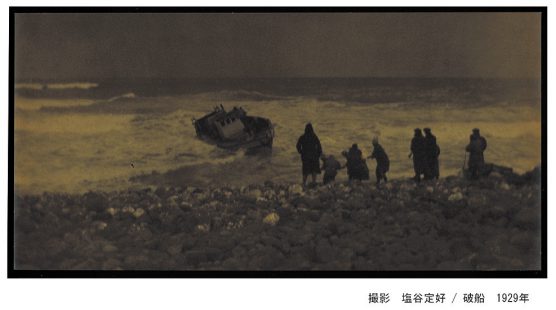
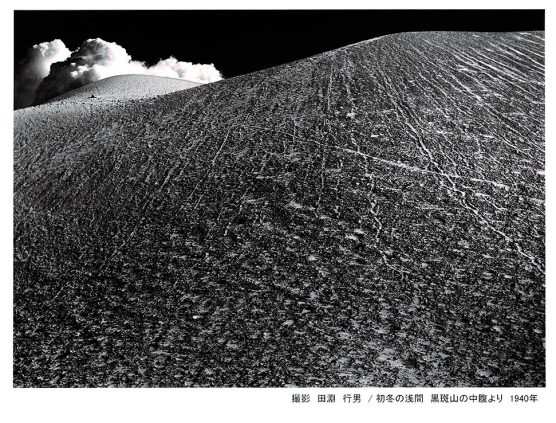
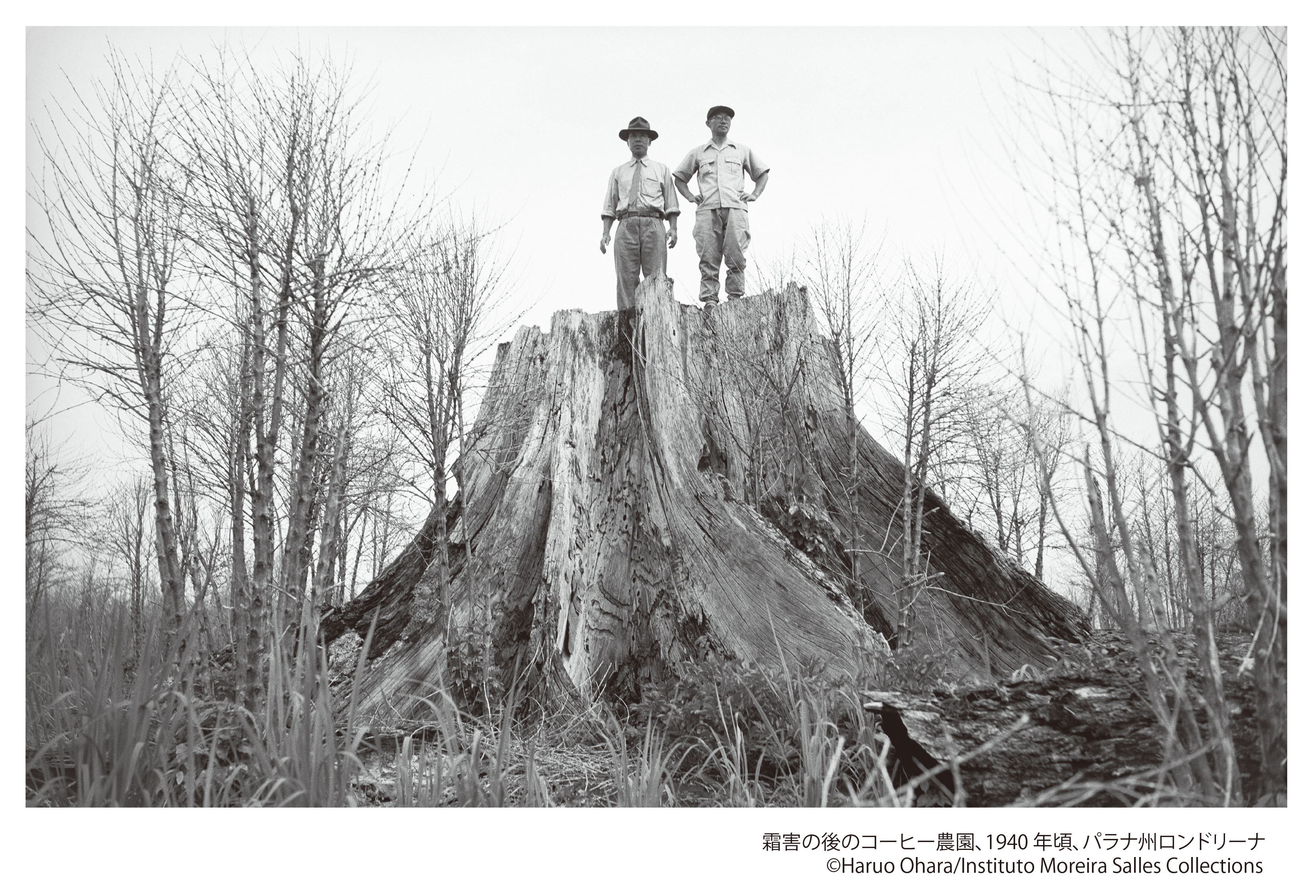
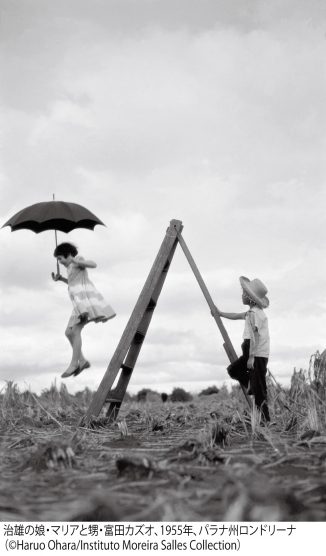
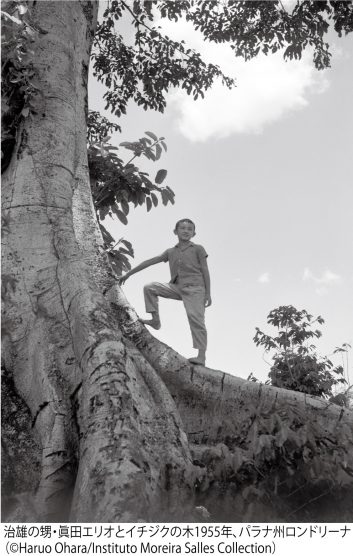 In 1927, at the age of seventeen, Ohara and his family emigrated to Brazil as part of a larger group of Japanese immigrants. After arriving in
In 1927, at the age of seventeen, Ohara and his family emigrated to Brazil as part of a larger group of Japanese immigrants. After arriving in 